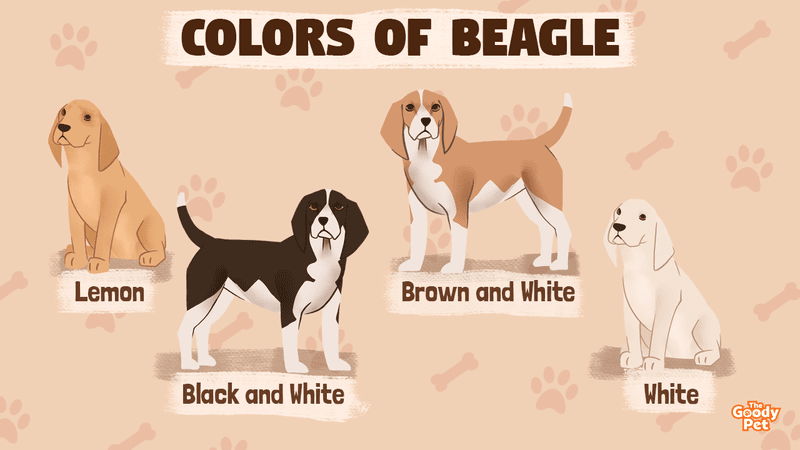To most people, the Beagle is nothing more than a simple and reliable dog for dog lovers who don’t want a breed that is too flashy or high maintenance. Frankly, this is a set of expectations that Beagles very easily live up to.
However, there is so much more to the Beagle than the classic tricolor or bicolor aesthetic.
Some of these aesthetics, such as the All-White Beagle and the Brindle Beagle varieties, actually count in one way or another as flashy. Here is a bit more on these novel aesthetics and 19 other delightful colors and patterns you can find in a Beagle dog.
21. Brindle
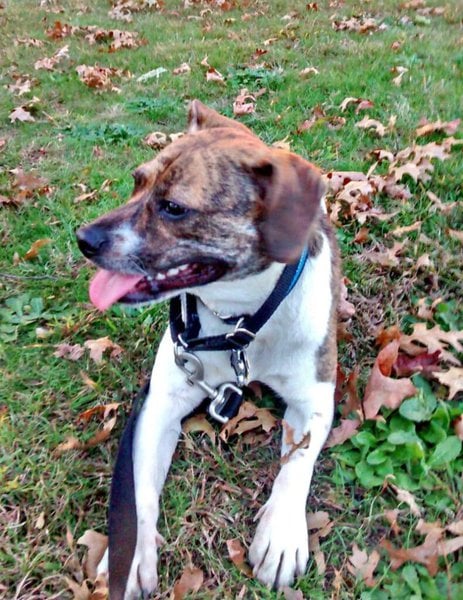
Brindle markings on a Beagle are basically just dark stripes on lighter fur. The stripes are almost always black with the underlying fur varying from light tan to dark brown.
Brindle markings can occur concurrently with white markings which usually occupy less space. These white patches tend to appear on the chest, paws, belly, and face area. In these cases, there are absolutely no stripe markings on the white parts of the Beagle’s coat.
20. Merle
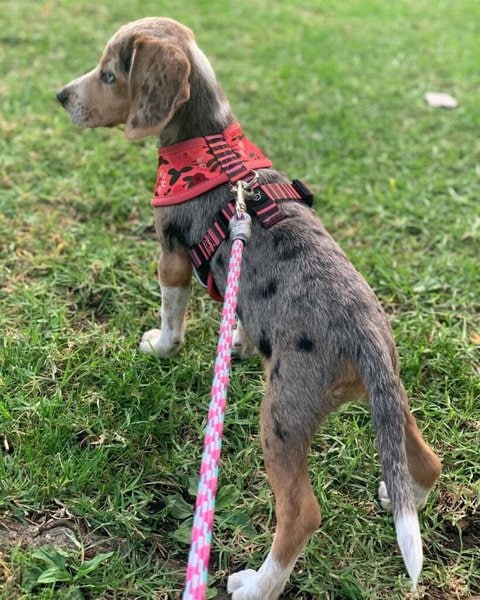
The Merle Beagle is a beautiful and unique dog and is fantastic if you want the reliability of a Beagle with a bit more aesthetic flare.
Merle Beagles have dark spots on light grayish or tan coats. These spots differ from spotted or ticked markings in that they are irregular and have a mottled quality.
The markings on Merle Beagles are a result of the undesirable Merle gene, which also causes eye and ear problems.
19. White
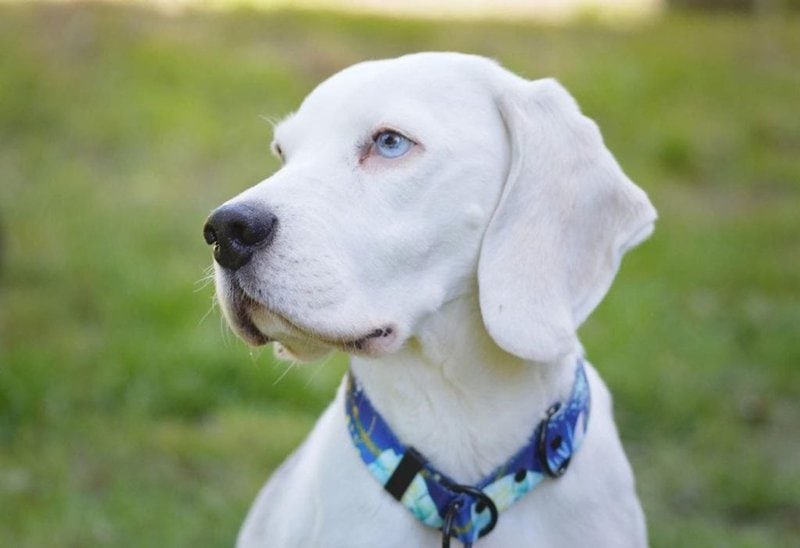
An All-White Beagle is a rarity in this breed. It can occur as a result of genetics, where the dog possesses genes that are specifically expressed as white fur. With this type of Beagle, there will be inadequate pigmentation on the eyes, nose, and paw pads.
The white coloration could also be a result of albinism. With Albino White Beagles, the dog will also have very light brown or even blue eyes and a pink nose.
18. Blue
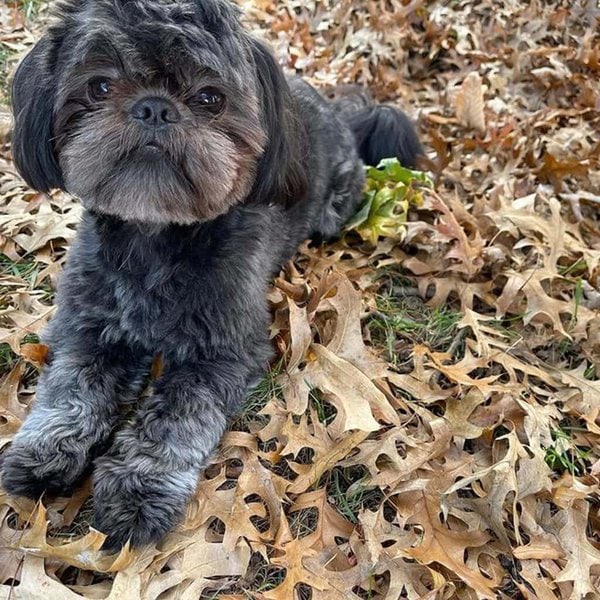
Blue Beagles have a watered-down version of all-black fur. This may appear as a dark gray with blue undertones. The watering down could also be more intense, in which case the Blue Beagle may even have a silvery shade to their coat from a young age.
As with all the other single-color Beagle variations, Blue Beagles have no markings. However, the shades of blue may differ in intensity for the same dog.
17. Lemon
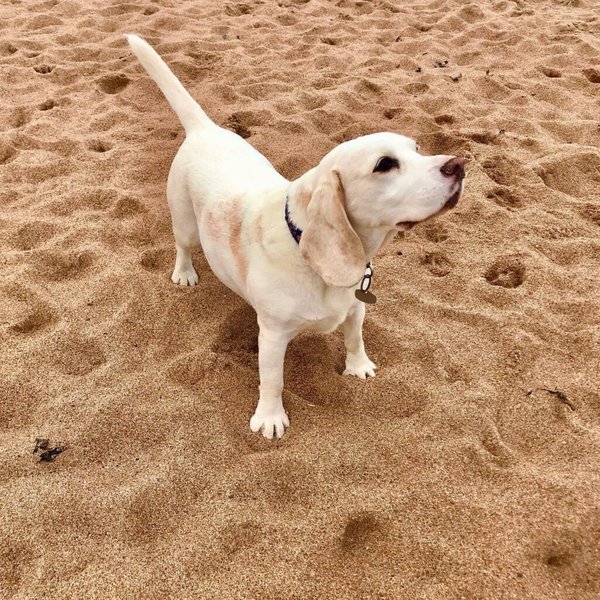
Lemon Beagles are as unique and eclectic as they are adorable. They have a very light shade of brown fur, which can vary from a faded yellow shade to off-white.
The fur on Lemon Beagles tends to be darker around the face and ears. This gets more intense as they grow older.
Interestingly, many Lemon Beagles are born looking all white. The lemon-yellow coloring develops slowly as they grow up and should be evident by the time the dog is one year old.
16. Black And White
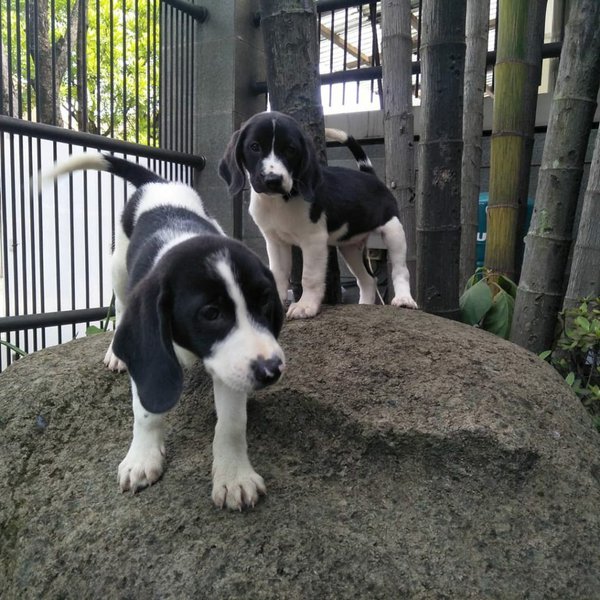
Black And White Beagles are among the rarest of the bicolor variations of Beagles. The genes responsible particularly for the black coloring are not only rare but also recessive.
This means both Beagle parents need to either have all black or black and white fur to produce Black And White Beagle pups.
Like any other bicolor Beagle, Black And White Beagles can have many different patterns depending on genetics. Some have saddle distribution, while others look like the Beagle variant of Dalmatians.
15. Black And Tan

Black And Tan Beagles look very much like other common black and tan breeds, such as Dobermanns and Rottweilers. This similarity is particularly apparent when the dogs are in their puppy stages and still haven’t developed full adult Beagle features.
Black fur is the majority in this case, with tan markings appearing mainly around the face and paws. The face markings may include a tan, round spot over each eye.
14. Black, Red & White
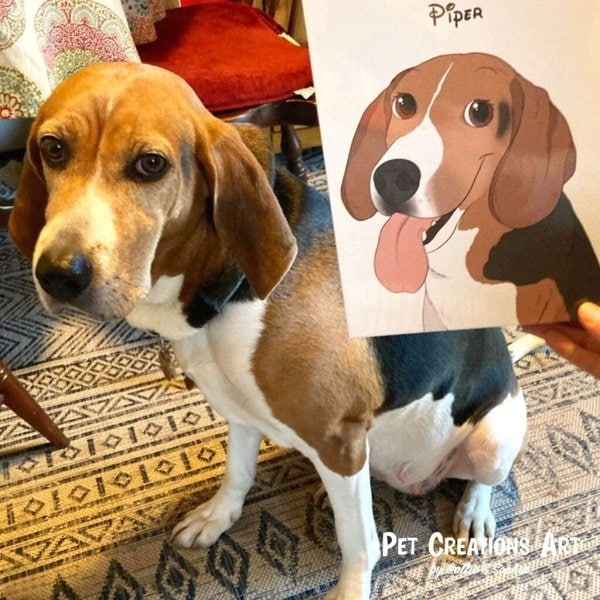
The combination of black, red, and white fur is one of the most common of coat color combinations in Beagles.
Black and red fur will cover most of the body while white fur exists for the most part as markings on the chest, paws, and face.
What makes the Black, Red And White Beagles different from the black, red and tan option is the difference in the shade of brown. Red is darker and has a rusty quality to it while tan is much lighter.
13. Black, Tan & White (Black Tricolor)
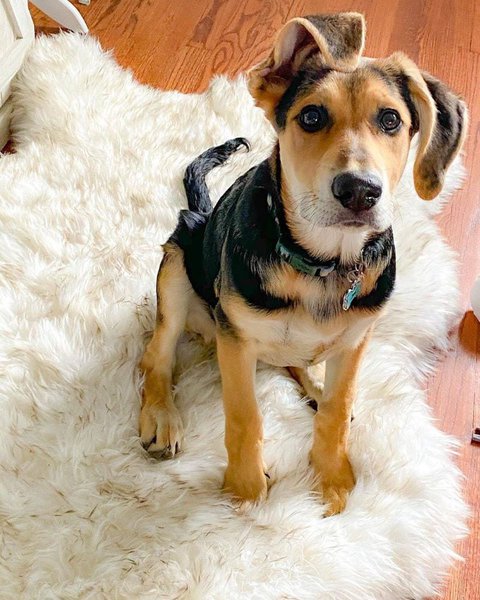
Black, Tan And White Beagles are quite unique for a tricolor Beagle variety. They have black fur covering most of the coat with tan markings on the head and torso and white fur on the face, chest, and fur.
The fact that black covers most of the coat on Black, Tan And White Beagles is what earns them the “black tricolor” name. This is in contrast to most other Tricolor Beagles where white is the main color.
12. Blue And White
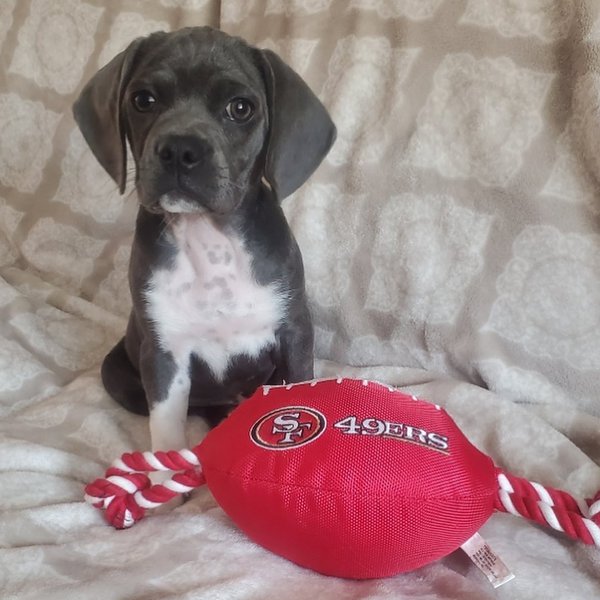
Blue And White Beagles have a combination of muted blueish-gray fur and brilliant white fur. There is less definite contrast between the blue and white parts especially when compared to solid color combinations, such as Black And White Beagles or Brown And White Beagles.
Something else very interesting about Blue And White Beagles is the fact that their noses may also have a watered down black shade which gives them a purplish-blue hue.
11. Blue Tan & White (Blue Tricolor)
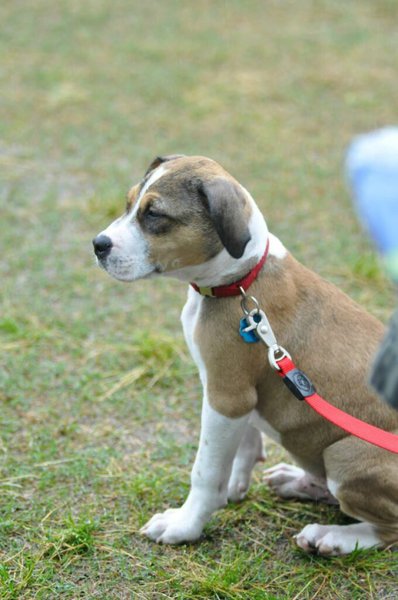
In a lot of ways, the Blue, Tan And White Beagle is very similar to the Black Tricolor Beagle. The main difference is that the blue tricolor variation has a faded or watered down shade of black as the main coat color.
Blue, Tan And White Beagles have a very unique aesthetic that makes them among the rarest and most sought after variation of Beagles.
10. Brown And White
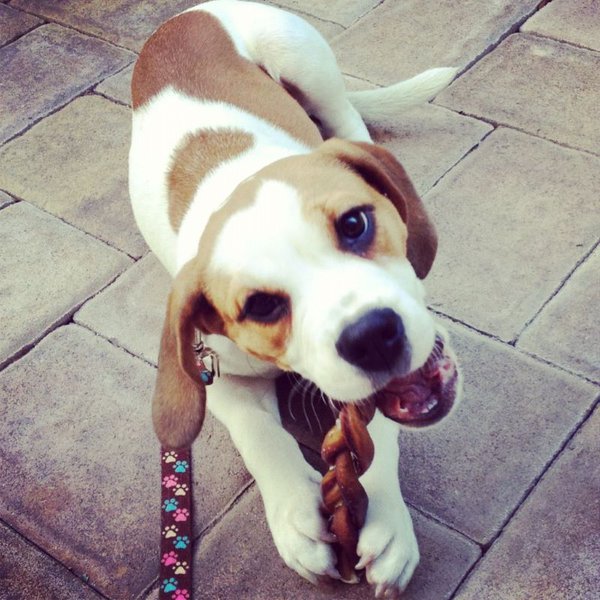
Brown And White Beagles are among the most commonly found standard varieties. They may have a saddle distribution with the darker brown coat over the back and head.
With this distribution, the white fur will mainly be found on lower parts of the body like the chest and belly.
In other Beagles, the brown and white are distributed in random patches all over the body. Here, either white or brown may be the predominant coat color.
9. Brown, White & Tan (Chocolate Tricolor)

Brown, White And Tan Beagles are also referred to as Chocolate Tricolor Beagles. They get this name from the fact that the chocolate brown fur covers most of the coat.
Chocolate Tricolor Beagles will often have the white markings on their chest, belly, or limbs. The tan markings on the other hand are usually found on the head and parts of the upper torso.
8. Lemon And White

It can be a bit difficult to tell Lemon And White Beagles from other Bicolor Beagles with a shade of brown. The best way to describe the lemon part of the coat is as a somewhat dull and muted shade of gold or yellow.
It may also have a bit of a greenish-brown undertone which sets the Lemon And White Beagles apart from tan and fawn varieties. All these differences are best appreciated when the dog is older and their coat is darker.
7. Red And White

Red Beagles are a classic when it comes to recognizable aesthetics within this dog breed.
Red Beagles have rusty, dark brown fur over most of the body which is the red part. The rest are white markings which are usually over the chest and paws. The white markings on a Red And White Beagle may also be on the face especially over the snout.
As with most other Beagles, the red and white variety undergo color changes as they grow older. The red parts will get darker and more intense.
6. Tan And White
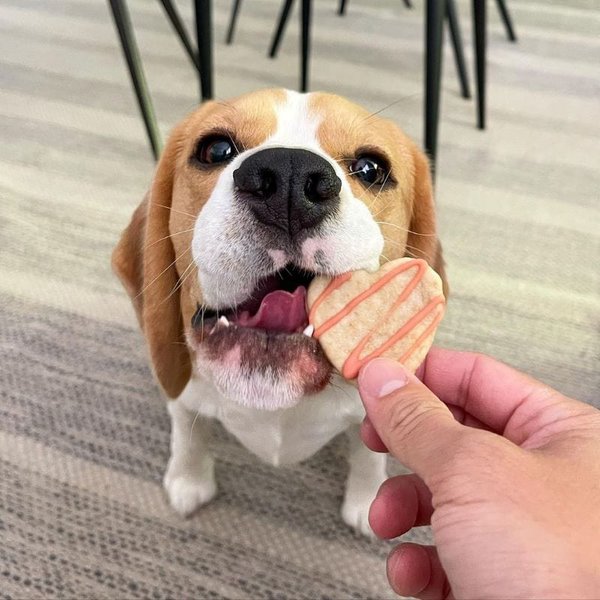
Tan And White Beagles are a classic bicolor variation of this dog breed. They may have predominantly tan fur with white markings or a relatively equal balance in distribution between the two colors.
The tan part of the coat is somewhere between red and yellow in terms of shade and intensity. This color gets darker as the Beagle grows older. However, it will never be as dark and rich as shades like chocolate and red.
5. White, Black & Tan

White, Black And Tan Beagles are often confused for black, white and tan. Everything from the naming to the aesthetics are confusing. The best way to tell them apart is through the dominant color of the three colors.
With White, Black And Tan Beagles, white is the main color covering most of the coat. Black and tan fur only exists as markings in these cases and together cover the least coat space.
4. Ticked
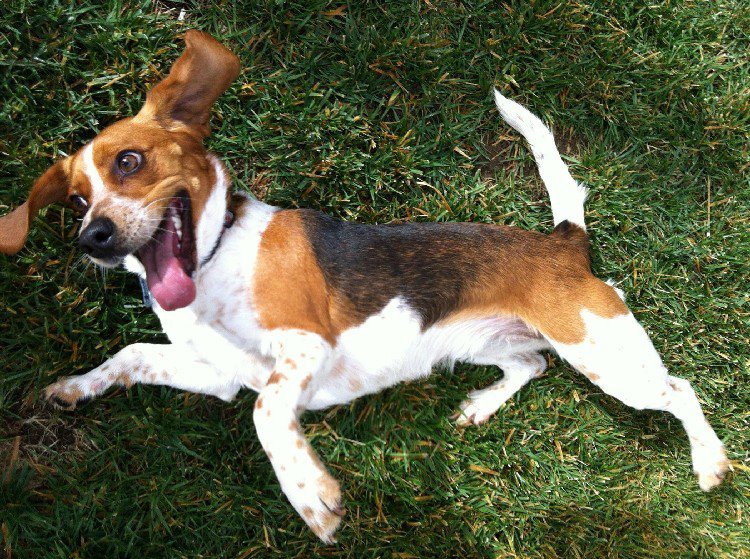
Ticked Beagles have small, dark spots on the white parts of the coat. They are irregularly distributed and look a lot like rashes from a distance.
The fact that they appear only on the whites of the coat means that their distribution is dependent on where the white patches are on the Beagle. This is usually around the torso and the paws.
The spots can either be red, tan, or black depending on the rest of the Beagle’s coat.
3. Spotted
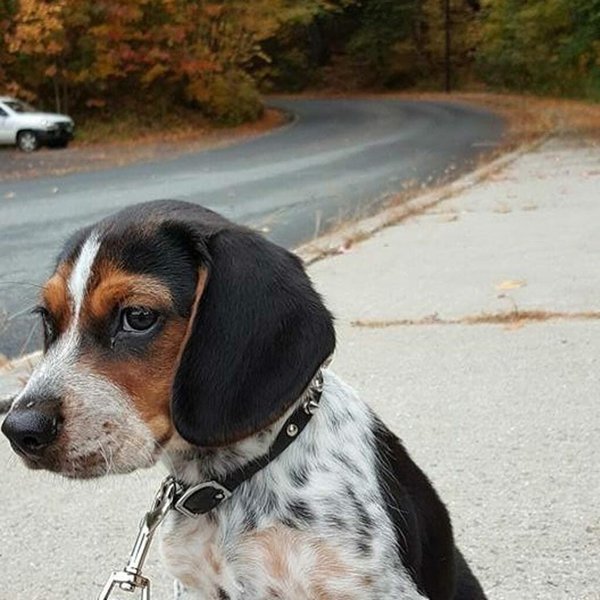
The best way to describe a Spotted Beagle is to compare them to Dalmatians. The coat, in this case, features dark spots usually on a white coat background.
The spots are larger, better defined, and neater than what you would find on a Ticked Beagle. However, they are smaller than the classic Dalmatian markings.
Spot markings can occur in both Bicolor and Tricolor Beagles and are mainly either black on tricolor varieties and brown or red in Bicolor Beagles.
2. Tan

Tan Beagles have a coat color ranging from light brown to darker yet earthy shades of brown. This brown fur covers the entire body. It may occur in different shades of brown within the same dog. This is usually due to a combination of aging, wear and tear, as well as sun exposure.
It is important that no black or white markings exist anywhere on the Tan Beagle’s body for it to qualify as a true tan variation.
1. Black
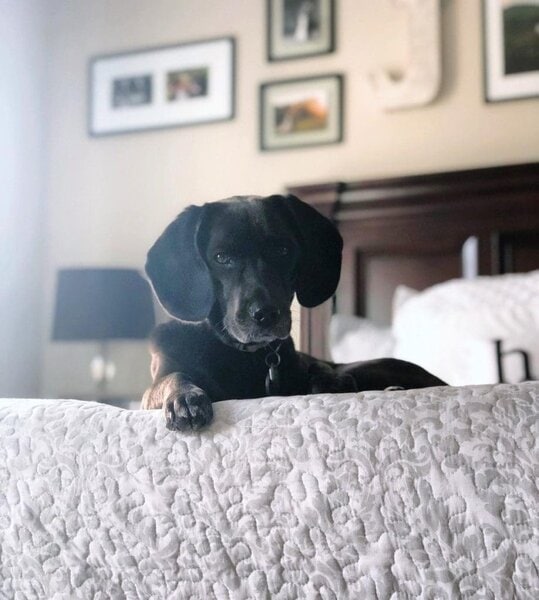
Black Beagles are named this due to their all-black fur. The combination of this simple, solid color and the neat, short coat gives Black Beagles a perfect balance of being unique without being flashy.
With their build and facial features, Black Beagles are often mistaken for small Black Labradors. This is not always incorrect, as there are Black Beagles that get this very rare coloring from mixed breeding with dogs like Labs.
Related Questions
Why Is My Beagle Changing Color? Beagles can sometimes change color as they grow older. They tend to generally get lighter no matter what coat colors they have. Dark fur, such as red or black, may appear a bit faded while still maintaining its solid character. It is also possible that your Beagle is changing color as a result of skin irritation. This may be accompanied by other signs like rashes, itchiness, and skin lesions.
Do Beagles Get Lighter? Beagles can get lighter. This usually happens within their first year of life as their coats mature. The colors become generally lighter while maintaining their distribution on the coat. The lightening may also continue through the Beagle’s adult years and is most marked when they reach the elderly category.
How Can You Tell If A Beagle Is Purebred? The most reliable way to tell whether your Beagle is purebred is through genetic testing. You could also use physical traits to tell whether your dog is a pure Beagle. Here are the classic traits you should find in your doggy.
- Small build measuring 13 to 16 inches and 20 to 25 lbs.
- Hound aesthetic with dome-shaped skull, squared snout, and large, droopy ears.
- Classic hound coat colors, especially tricolor combinations.

